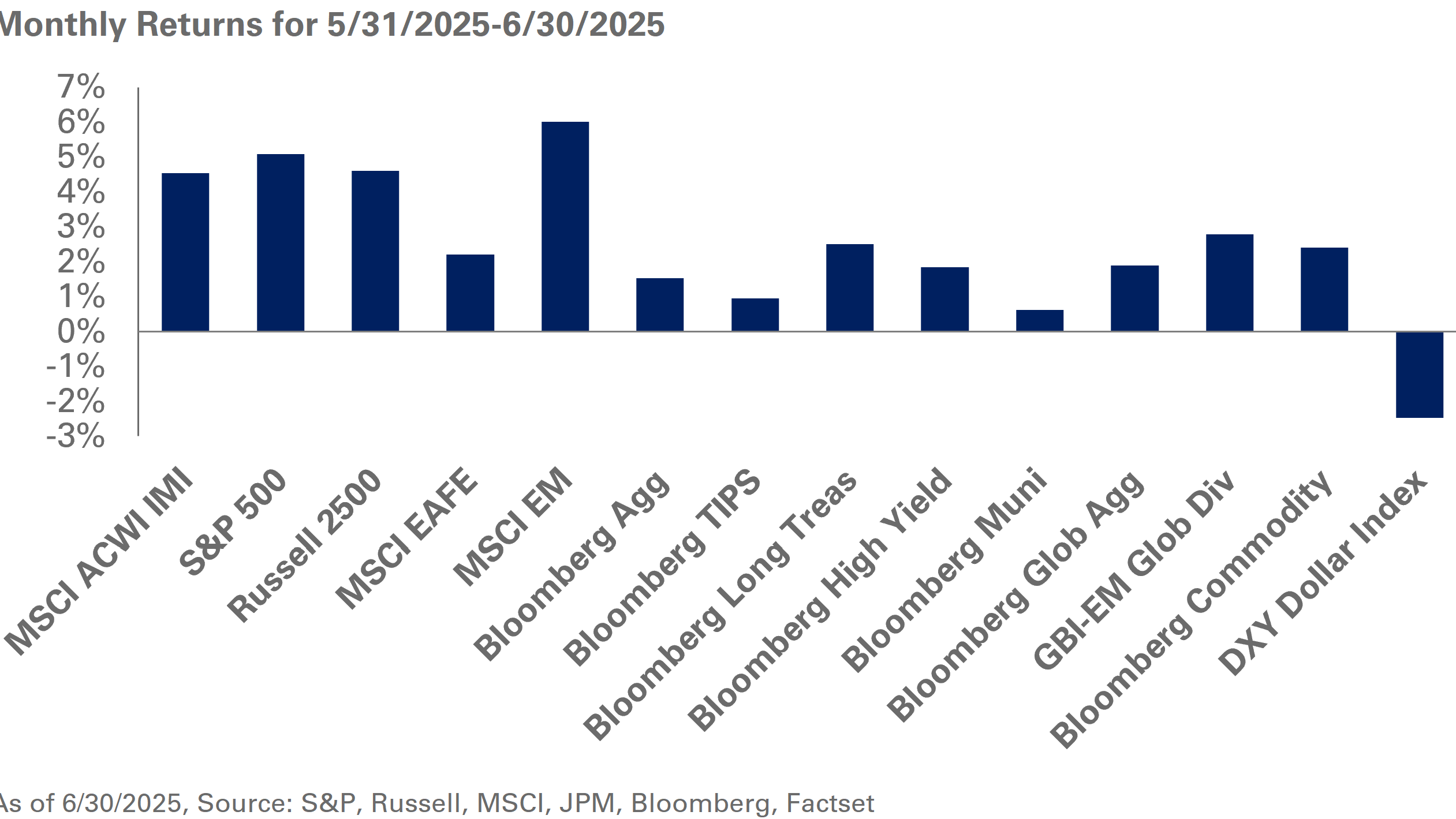The financial crisis of 2008 left an indelible mark on capital markets and investments, the impact of which is felt to this day. For healthcare organizations, the crisis changed the way they perceive risk and liquidity. Even as they have taken these hard-learned lessons to heart, healthcare providers are not out of the woods yet.
The prevailing uncertainty around the future of the Affordable Care Act (ACA) has cast a pall over the future finances of healthcare providers. It not only leaves them vulnerable to immense volatility, but also adds another wrinkle to the already complex task of financial planning and investing. To this end, the lessons gleaned from the financial crisis are still very much in play as many healthcare organizations continue to take a more conservative position on their investments.
While healthcare organizations have historically taken a measured approach to investment risk, the financial crisis expedited what was an emerging trend at the time: taking a holistic view of risk, that is, to look at risk more universally. As a result, in addition to investment risk (market value volatility), healthcare providers began to take into account other risks, for instance, those related to debt, operating margin variability and pension funding. The goal was not necessarily to reduce risk but, instead, to better align risk tolerance with actual total risk borne by the system. This is particularly important to ensure a health system’s assets work effectively for it while not endangering the core mission of the organization.
The financial crisis also triggered a reexamination of liquidity. Although healthcare systems typically had fairly liquid portfolios, the crisis hit home the difference between implied and actual liquidity as many performing assets had to be sold at depressed valuations to meet spending needs. This dynamic, which wasn’t just limited to healthcare systems, placed immense strain on organizations, significantly reducing cash available for operations and causing portfolios to drift from target asset mixes as the most liquid investments were sold. Furthermore, as non-profit institutions, healthcare systems often use debt to help finance projects requiring large capital expenditures. This debt usually includes liquidity covenants, often framed in terms of Days Cash on Hand (DCOH). During the crisis, some systems found themselves violating debt covenants when asset values cratered. As a result, comprehensively evaluating risk assumed even greater significance for healthcare providers.
While there is no doubt of the impact of the 2008 financial crisis on the healthcare industry, the passage of the Affordable Care Act in 2010 also caused significant disruption by altering the payor mix for many providers. To this end, the last decade has brought tremendous change—economic and political—to the healthcare space. This change has fueled innovation in portfolio construction and management as healthcare systems have deftly adapted to maintain a strategic advantage and stay relevant amid a shifting landscape. If your organization is also on the lookout for sophisticated investment solutions, please contact your NEPC consultant today.
For NEPC’s complete coverage of the 10-year anniversary of the Financial Crisis, click here.



